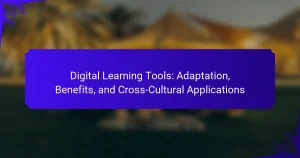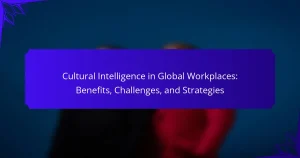Bilingual education models offer significant cognitive and cultural benefits, but they also face challenges like resource allocation and teacher training. This article explores the effectiveness of various bilingual approaches, metrics for academic achievement and cultural competence, and the unique attributes that enhance student experiences. Additionally, it discusses best practices for implementation to improve outcomes in diverse educational settings.
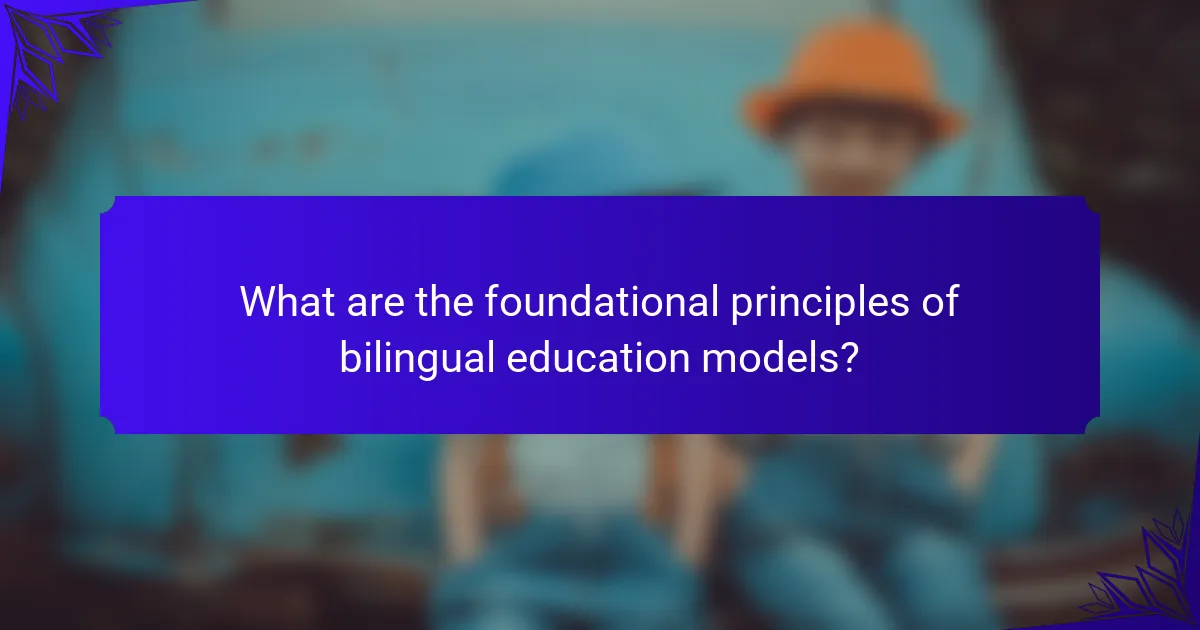
What are the foundational principles of bilingual education models?
Bilingual education models focus on integrating two languages for instruction, promoting cognitive and cultural benefits. Foundational principles include additive bilingualism, which emphasizes maintaining the first language while acquiring a second, and cultural relevance, ensuring that curricula reflect students’ diverse backgrounds. Effective models also prioritize academic achievement in both languages and foster a supportive learning environment. These principles aim to enhance students’ linguistic proficiency and cultural awareness, ultimately contributing to their overall educational success.
How do immersion programs function?
Immersion programs function by fully integrating students into a language-rich environment. They emphasize learning a second language through subject matter instruction rather than isolated language lessons. This approach fosters natural language acquisition and cultural understanding. Research shows that immersion enhances cognitive skills and academic performance in both languages.
What are the key components of total immersion?
Total immersion in bilingual education involves key components such as language exposure, cultural integration, and interactive learning. These elements foster fluency and comprehension in both languages. Effective programs prioritize native language use, ensuring students engage deeply with the content. Cultural experiences enhance understanding and appreciation of diverse perspectives.
What is the structure of partial immersion programs?
Partial immersion programs typically involve a curriculum where students receive instruction in both their native language and a second language. These programs often allocate a significant portion of the school day to instruction in the second language, fostering bilingualism and biliteracy. The structure usually includes a gradual increase in the use of the second language, integrating content from various subjects to enhance language acquisition.
Key attributes of partial immersion programs include their ability to promote cultural understanding and cognitive flexibility. Research indicates that students in these programs often perform as well as or better than their peers in traditional educational settings, especially in language skills. The unique aspect of partial immersion is its balance between maintaining the native language while developing proficiency in the second language, which can lead to enriched educational experiences.
What role do dual-language programs play?
Dual-language programs enhance cognitive skills and cultural awareness while promoting bilingualism. These programs provide students with the ability to communicate fluently in two languages, fostering academic success and social integration. Research indicates that students in dual-language programs often outperform their peers in standardized tests, showcasing the effectiveness of this educational model. Additionally, these programs play a crucial role in preserving cultural heritage, allowing students to connect with their roots while engaging with diverse communities.
How are dual-language programs designed?
Dual-language programs are designed to promote bilingualism and biliteracy through structured curriculum and instructional practices. These programs often integrate content learning in both languages, emphasizing academic achievement and cultural awareness. Key design elements include language allocation, where instruction is divided between the two languages, and the use of culturally relevant materials to engage students. Additionally, teacher training focuses on effective strategies for language development and differentiation to meet diverse student needs.
What languages are commonly used in dual-language education?
Common languages used in dual-language education include Spanish, Mandarin, French, and Arabic. These languages promote bilingualism and cultural understanding. Programs often focus on pairing a dominant language with a minority language to enhance cognitive development and academic achievement.
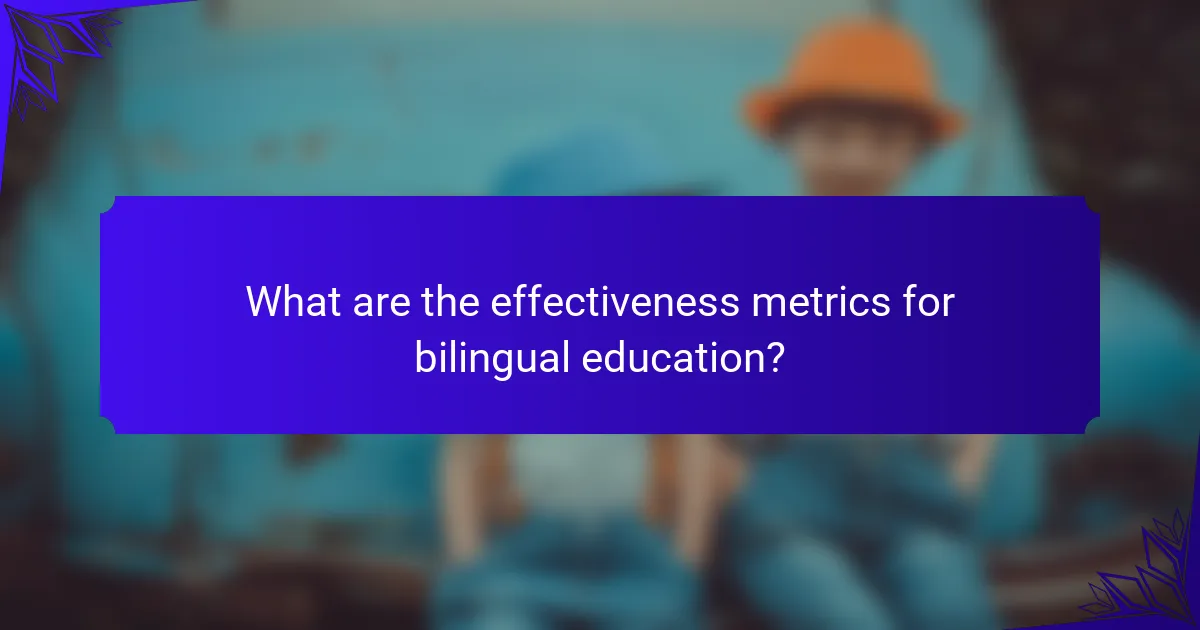
What are the effectiveness metrics for bilingual education?
Bilingual education effectiveness metrics include academic achievement, language proficiency, and cultural competence. Studies show bilingual programs enhance cognitive skills and academic performance, often outperforming monolingual peers. For example, students in dual-language programs demonstrate higher standardized test scores in both languages compared to those in immersion or transitional models. Additionally, cultural impact metrics reveal increased cross-cultural understanding and social skills, fostering a more inclusive environment.
How do academic outcomes compare with monolingual education?
Bilingual education often leads to better academic outcomes compared to monolingual education. Research indicates that students in bilingual programs demonstrate higher proficiency in both languages, improved cognitive skills, and enhanced cultural awareness.
Bilingual education encourages critical thinking and problem-solving abilities, which are essential for academic success. In contrast, monolingual education may limit exposure to diverse perspectives and critical cognitive development opportunities.
A study by Thomas and Collier (2002) shows that bilingual students outperform their monolingual peers in standardized tests over time. This highlights the effectiveness of bilingual education in fostering academic achievement and cultural competence.
Moreover, bilingual education supports long-term language retention and proficiency, which are increasingly valuable in a globalized world. As a result, bilingual programs can provide a more enriching educational experience than traditional monolingual approaches.
What cognitive benefits are associated with bilingual education?
Bilingual education enhances cognitive skills such as problem-solving, multitasking, and critical thinking. Research indicates that bilingual individuals often exhibit improved executive functions, including better attention control and memory retention. Additionally, bilingual education fosters cultural awareness and adaptability, enriching students’ social interactions and global perspectives.
How does bilingual education impact cultural identity?
Bilingual education positively impacts cultural identity by fostering a sense of belonging and pride in students. It enhances cultural awareness and appreciation, allowing individuals to navigate multiple cultural contexts. Research indicates that students in bilingual programs often demonstrate stronger connections to their heritage, contributing to a richer, more diverse cultural landscape. Additionally, these programs can mitigate cultural erosion, preserving languages and traditions that might otherwise diminish.
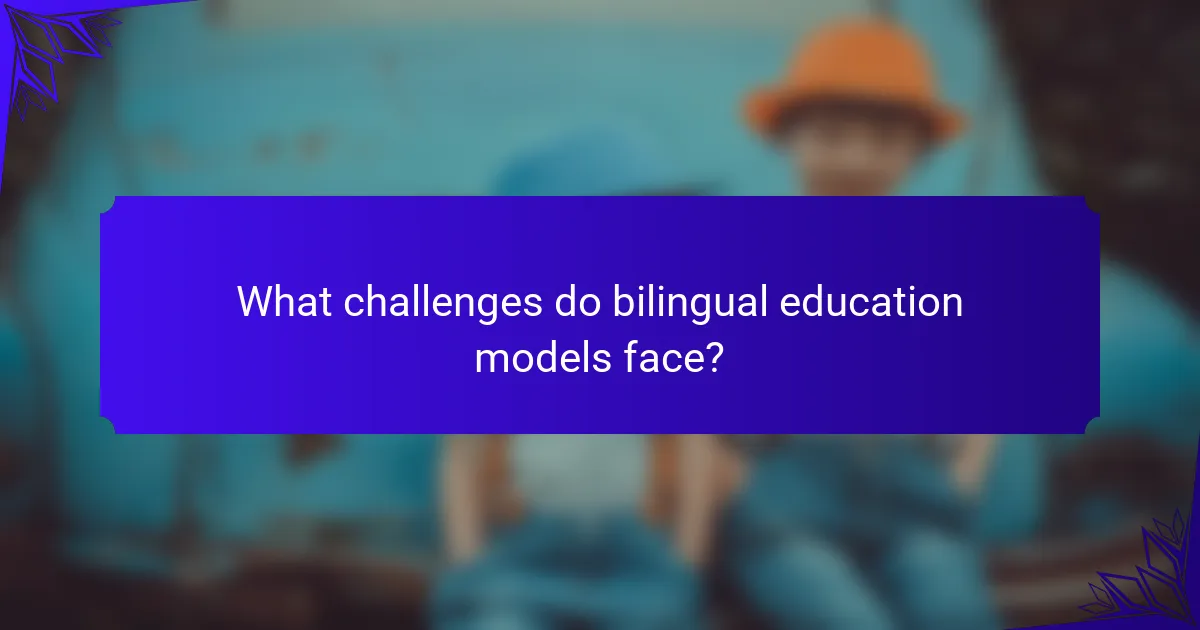
What challenges do bilingual education models face?
Bilingual education models face several challenges, including resource allocation, teacher training, and curriculum development. Limited funding often hampers effective implementation. Additionally, educators may lack the necessary skills to teach in multiple languages, impacting student outcomes. Cultural resistance can also arise, affecting community support for these programs. Moreover, balancing language proficiency with academic achievement remains a complex issue.
What are common misconceptions about bilingual education?
Common misconceptions about bilingual education include the belief that it hinders academic achievement and language development. Research shows that bilingual education can enhance cognitive skills and cultural awareness. Another misconception is that bilingual programs are only for non-native English speakers; in fact, they benefit all students by promoting multilingualism. Additionally, some think bilingual education is a temporary solution, but effective programs can foster long-term language proficiency. Finally, many underestimate the importance of cultural identity in bilingual education, which plays a crucial role in student engagement and success.
How do funding issues affect bilingual programs?
Funding issues significantly hinder the effectiveness of bilingual programs. Limited resources restrict curriculum development, teacher training, and access to instructional materials. As a result, students may not receive adequate support, impacting their language acquisition and overall educational outcomes. Consistent funding is crucial for maintaining program quality and ensuring equitable access for all students.
What barriers exist for teachers in bilingual education?
Teachers in bilingual education face several barriers that hinder effectiveness. Limited resources, such as insufficient teaching materials in both languages, can restrict instructional quality. Additionally, a lack of professional development opportunities for teachers may result in inadequate training for bilingual instruction.
Cultural attitudes towards bilingualism also play a role; some educators encounter resistance from parents or communities who may undervalue bilingual education. Furthermore, high student-to-teacher ratios can impede personalized instruction, making it challenging to address individual student needs. Finally, systemic issues within educational policies can create obstacles, such as insufficient funding or support for bilingual programs.
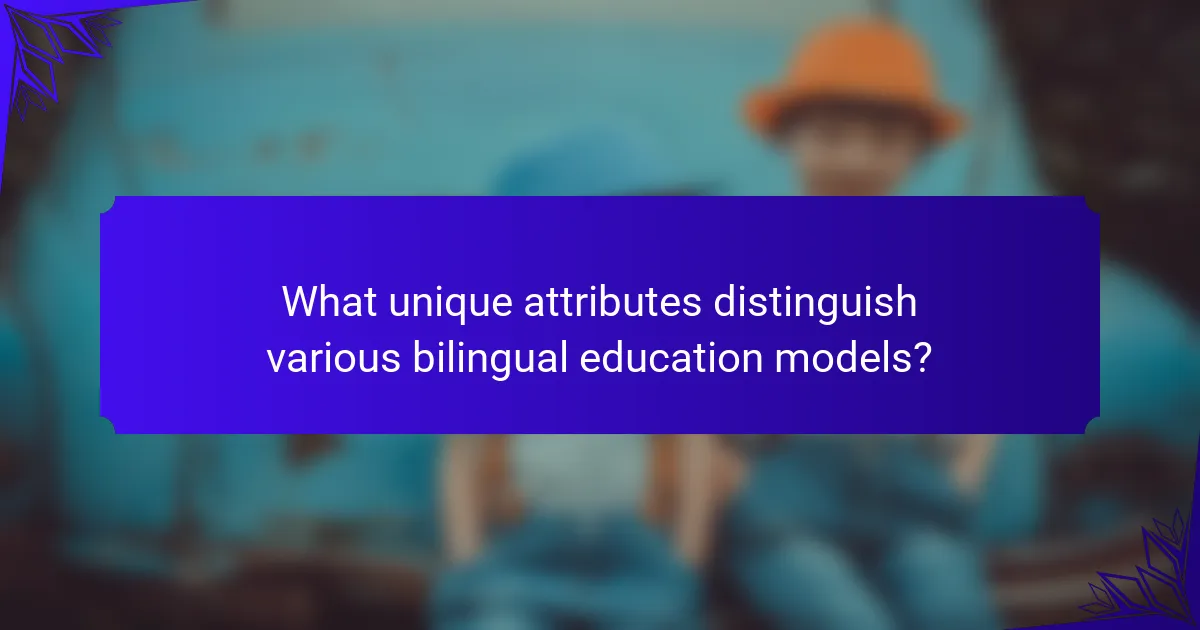
What unique attributes distinguish various bilingual education models?
Various bilingual education models are distinguished by their unique attributes, such as instructional approaches, language proficiency goals, and cultural integration methods. For example, the immersion model emphasizes teaching subjects in a second language, while the dual-language model integrates both languages equally. The transitional model focuses on moving students from their native language to the target language. Each model’s effectiveness can vary based on the demographic context and educational objectives, impacting student outcomes and cultural identity.
How do cultural contexts influence bilingual education effectiveness?
Cultural contexts significantly influence the effectiveness of bilingual education by shaping teaching methods and student engagement. Factors such as community values, language prestige, and cultural relevance determine how well students connect with the curriculum. For instance, programs incorporating culturally relevant materials yield higher student motivation and achievement. Additionally, the support from families and communities enhances the educational experience, fostering a positive bilingual identity. Understanding these dynamics is essential for developing effective bilingual education models.
What innovative approaches are emerging in bilingual education?
Innovative approaches in bilingual education focus on integrating technology, promoting cultural exchange, and enhancing personalized learning. For instance, dual-language immersion programs are gaining traction, fostering fluency in both languages while respecting cultural identities. Additionally, project-based learning encourages collaboration among students from diverse linguistic backgrounds, enhancing engagement and practical application of language skills. These strategies address challenges in traditional models by emphasizing real-world language use and cultural relevance.
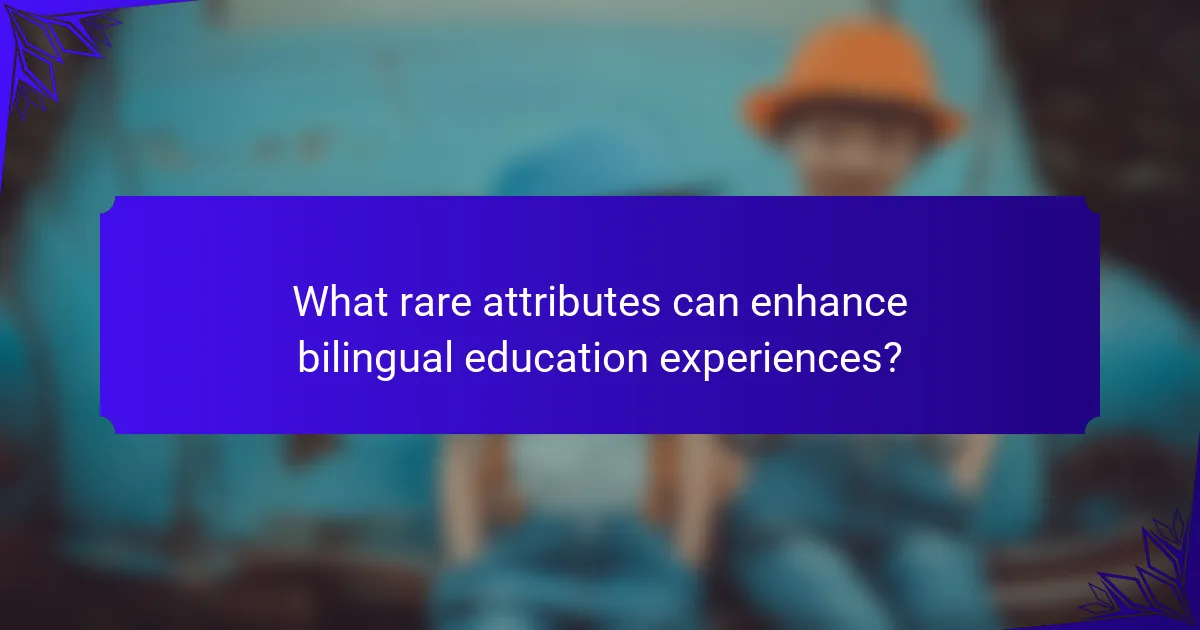
What rare attributes can enhance bilingual education experiences?
Rare attributes that can enhance bilingual education experiences include culturally relevant curriculum, experiential learning opportunities, and community involvement. Culturally relevant curriculum connects students to their heritage, fostering engagement. Experiential learning opportunities, such as field trips and cultural events, provide real-world context. Community involvement encourages parental participation, enhancing support for students’ language development. These attributes create a more immersive and effective bilingual education environment.
How do community involvement and support influence program success?
Community involvement and support significantly enhance program success in bilingual education models. Engaged communities foster trust and collaboration, leading to better resource allocation and student outcomes. Programs that actively involve parents and local organizations often see increased student participation and a stronger cultural impact. For instance, schools that host community events or workshops report higher levels of student engagement and academic achievement. Additionally, community support can address challenges like language barriers and cultural differences, creating a more inclusive educational environment.
What role does technology play in modern bilingual education?
Technology significantly enhances modern bilingual education by providing interactive learning tools and resources. Digital platforms facilitate personalized learning experiences, enabling students to engage with content in both languages. Access to online resources and language learning apps supports vocabulary acquisition and fluency. Additionally, technology fosters collaboration among students, allowing them to practice language skills in real-time through virtual classrooms and communication tools. This integration of technology addresses challenges in bilingual education, such as resource availability and student engagement, ultimately enriching the cultural impact of language learning.
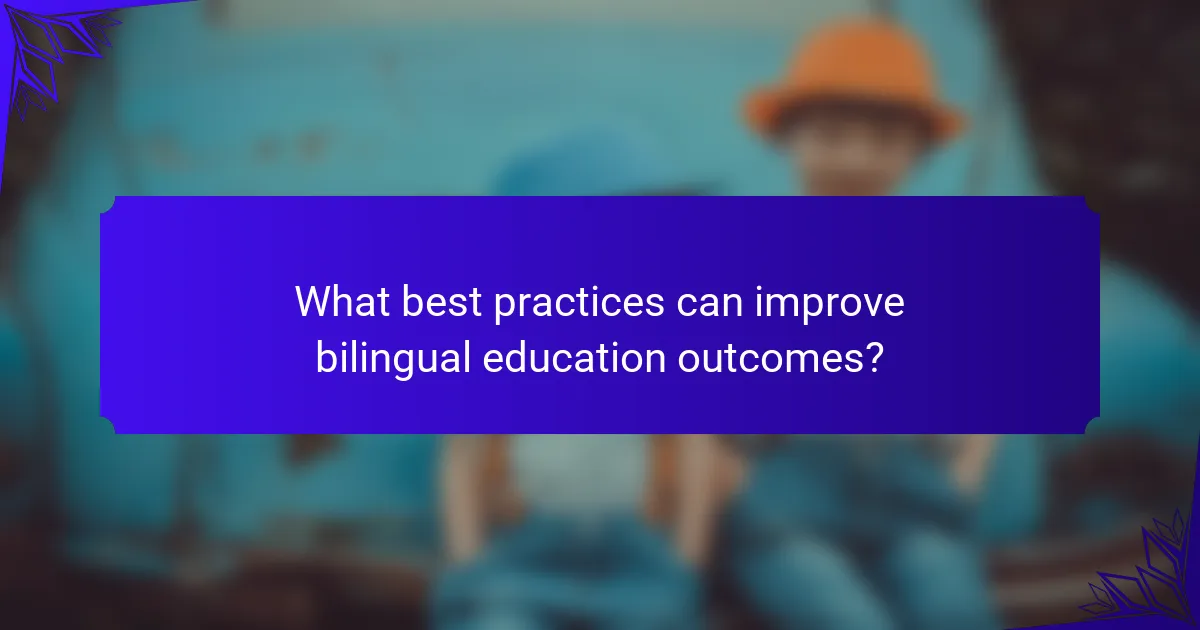
What best practices can improve bilingual education outcomes?
Implementing best practices such as immersive language exposure, culturally relevant curriculum, and teacher training can significantly enhance bilingual education outcomes. These strategies address challenges like language proficiency and cultural integration, fostering a more effective learning environment. For example, incorporating native speakers as educators can provide authentic language experiences. Additionally, engaging families in the educational process supports cultural identity and encourages student participation. As a result, students achieve higher academic performance and better social outcomes in bilingual settings.
How can educators effectively integrate cultural content?
Educators can effectively integrate cultural content by employing bilingual education models that reflect diverse cultural perspectives. This approach enhances engagement and fosters inclusivity. Utilizing culturally relevant materials and collaborative projects promotes understanding and respect for different backgrounds. Additionally, training teachers in cultural competency ensures that they can navigate challenges and create supportive learning environments.
What strategies can parents employ to support bilingual education at home?
Parents can support bilingual education at home through consistent practice, immersive experiences, and resource utilization. Engaging in daily conversations in both languages enhances fluency. Reading bilingual books fosters literacy skills while exposing children to diverse cultures. Utilizing educational apps and online resources can reinforce language learning. Setting a routine that incorporates language activities ensures steady progress.
What common mistakes should be avoided in bilingual education implementation?
Common mistakes in bilingual education implementation include insufficient teacher training, lack of parental involvement, neglecting cultural relevance, and inadequate assessment methods. These issues can hinder student engagement and learning outcomes. Effective bilingual programs require comprehensive planning and support to address these challenges.
How can stakeholders advocate for better bilingual education policies?
Stakeholders can advocate for better bilingual education policies by collaborating with educators, policymakers, and community organizations. Engaging in research to demonstrate the effectiveness of bilingual models can influence decision-makers. Promoting success stories from existing programs highlights cultural benefits and academic achievements. Additionally, organizing public forums fosters community involvement and raises awareness about the importance of bilingual education.
